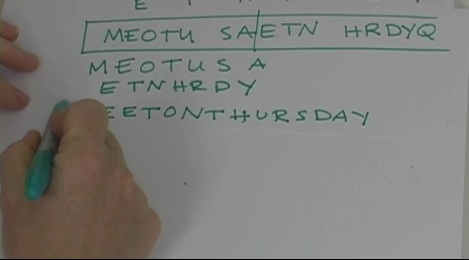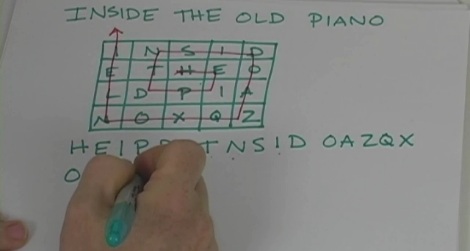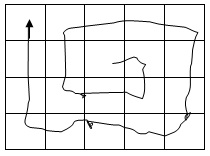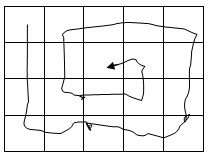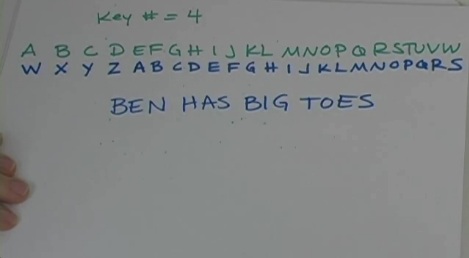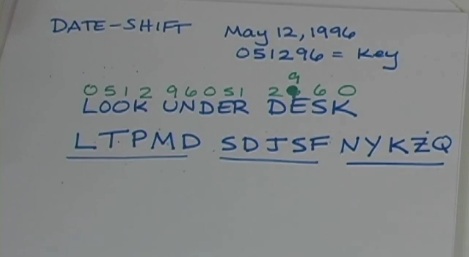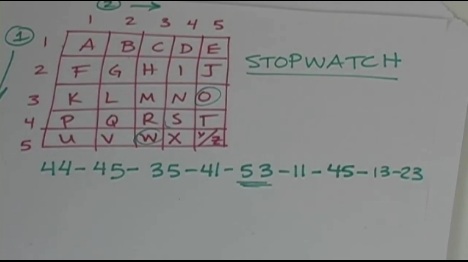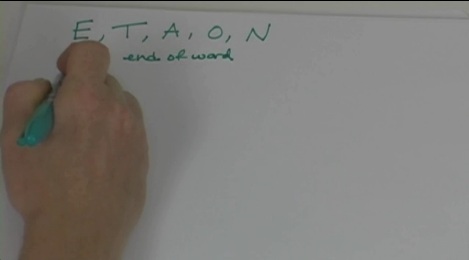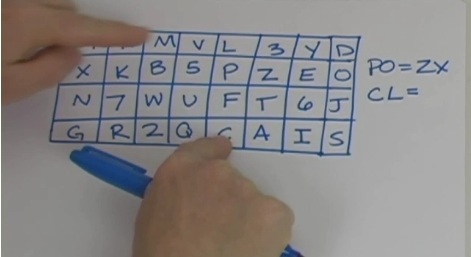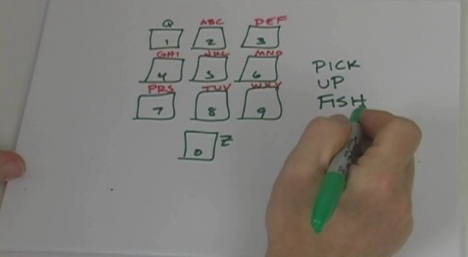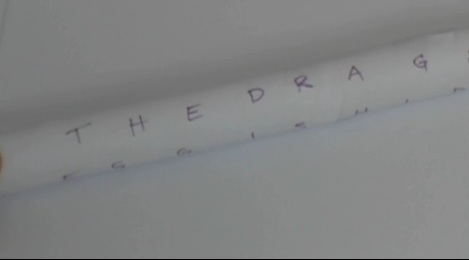Cryptography is the writing and decoding of secret messages, called ciphers. Now for governments these secret ciphers are a matter of national security. They hire special cryptanalysts who work on these ciphers using cryptanalysis. The secret is, solving substitution ciphers can be pretty entertaining! Ciphers are published daily in newspapers everywhere. If you practice encoding and decoding ciphers, you too can become a really great cryptanalyst.
In this video, I’ll show you how to use the Rail Fence Cipher. Before you start, say this three times fast: cryptanalysts use cryptanalysis to crack ciphers!
[am4show have=’p8;p9;p11;p38;p102;p154;’ guest_error=’Guest error message’ user_error=’User error message’ ]
Download Student Worksheet & Exercises
How did you like the Rail Fence Cipher? Pretty neat, right? Would you rather encode or decode a cipher? I think both parts are fun. But if you’re encoding, just make sure the decoder knows the correct formula to use!
Exercises
Write the cipher of the following message:
- COME TOMORROW AT 2PM
- HE HAS ARRIVED AT THE AIRPORT
- HE IS CARRYING A BAG
- THEY ARE HERE NOW
- COME AT MY PLACE
Write the cipher of the following message (use a three row zigzag)
- COME TOMORROW IN MY OFFICE
- LEAVE THEM BEHIND
- WE WILL BE THERE SOON
- The cipher below was encoded using a two rows zigzag method with six letters in every row. Decode it.
IMOIG OACMN NW - The cipher below was encoded using a three rows zigzag method with four letters in every row. Decode it.
ICINA ONOMM GW
[/am4show]

